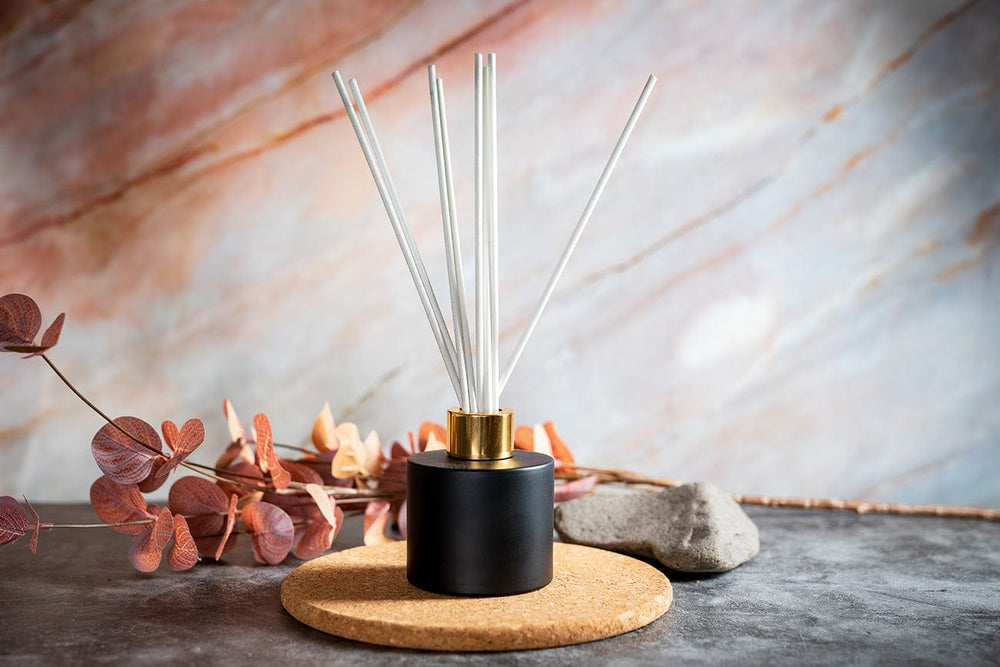Have you ever asked yourself ‘what does a ‘good’ candle really look like?’ As candle makers we know that creating beautiful, technically correct candles is one of your top priorities. Sometimes all you need is a little reassurance that everyone struggles with the same issues, and who better than our lab manager, Zoe, to put you at ease!
What does a good surface look like?
The surface of your candle should be flat, smooth, and free from bubbles. If you are using paraffin or a paraffin blend, your candle wax will contract or “dip” during cooling, leaving a large indentation in the centre of the candle around the wick. This can be minimised by using the “double-pouring” technique, but you will probably still have a small dip. You can smooth the top of the candle by applying heat with a heat gun to the surface of the candle to a depth of 3-5mm and allowing it to cool.
If you’re using soy wax, the surface of your candle might develop a rough and uneven surface as the soy wax cools. This is known as polymorphism and is a natural effect caused by the way the soy wax crystallises. Each wax and fragrance combination will behave differently – some may have a very rough surface; others may be naturally smooth. Polymorphism is trickier to deal with but can often be smoothed by treatment with a heat gun. Unfortunately, after you have burned your candle, the uneven surface will probably return when the wax sets again.
Wick centering
Wicks that are off-centre are very unsightly. Off-centre wicks can make your candles look amateur, especially when you have lots of candles on display side by side, making it more obvious.
When a candle with an off-centre wick is burned, the melt pool will appear on one side of the candle, giving an uneven burn with a lot of wax hang-up on the other side.
The good news is that while this a common problem, it is really easy to prevent.
The easiest way to avoid off-centre wicks is to use a wick centering tool. Candle Shack supplies a range of wick centering tools for different glass sizes and for multi-wick candles. A wick centering tool will also ensure that you have sufficient tension on your wick to prevent it from distorting as the wax cools and hardens.
Remember to ensure that your wick is centred at the bottom of the glass as well as the top to keep it vertical. Wicks have a tendency to curve in one direction. If your wick isn’t vertical, it might be forced into a position against the natural direction of the wick which can increase the risk of clubbing. Alternatively, a non-vertical wick may bend too far into the direction of the natural curve, causing the wick to bridge and dip into the wax.
Clear glass containers
Clear glass containers bring the additional issue of “glass adhesion”, sometimes referred to as “wet spots”. These aren’t really wet spots – they are areas where the wax has stuck to the glass while the rest of the wax has contracted and pulled away from the glass. Typically, paraffin waxes will pull away from the glass more than plant wax, but most plant waxes will pull away to some extent.
When pouring paraffin wax candles, make sure that you pre-heat your clear glasses or heat the wax to a higher temperature to avoid jump lines.


